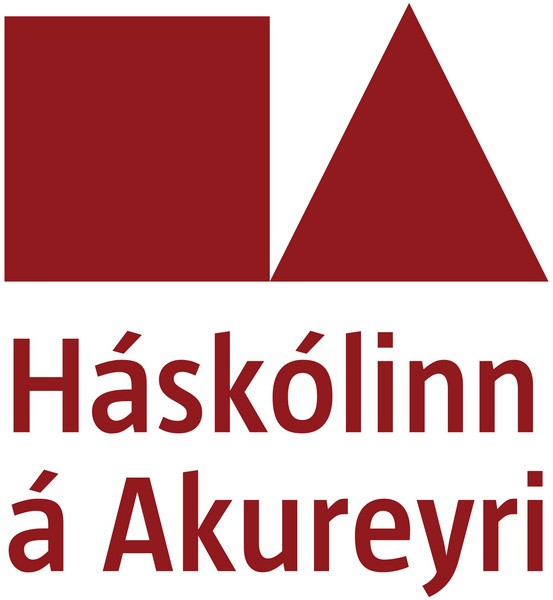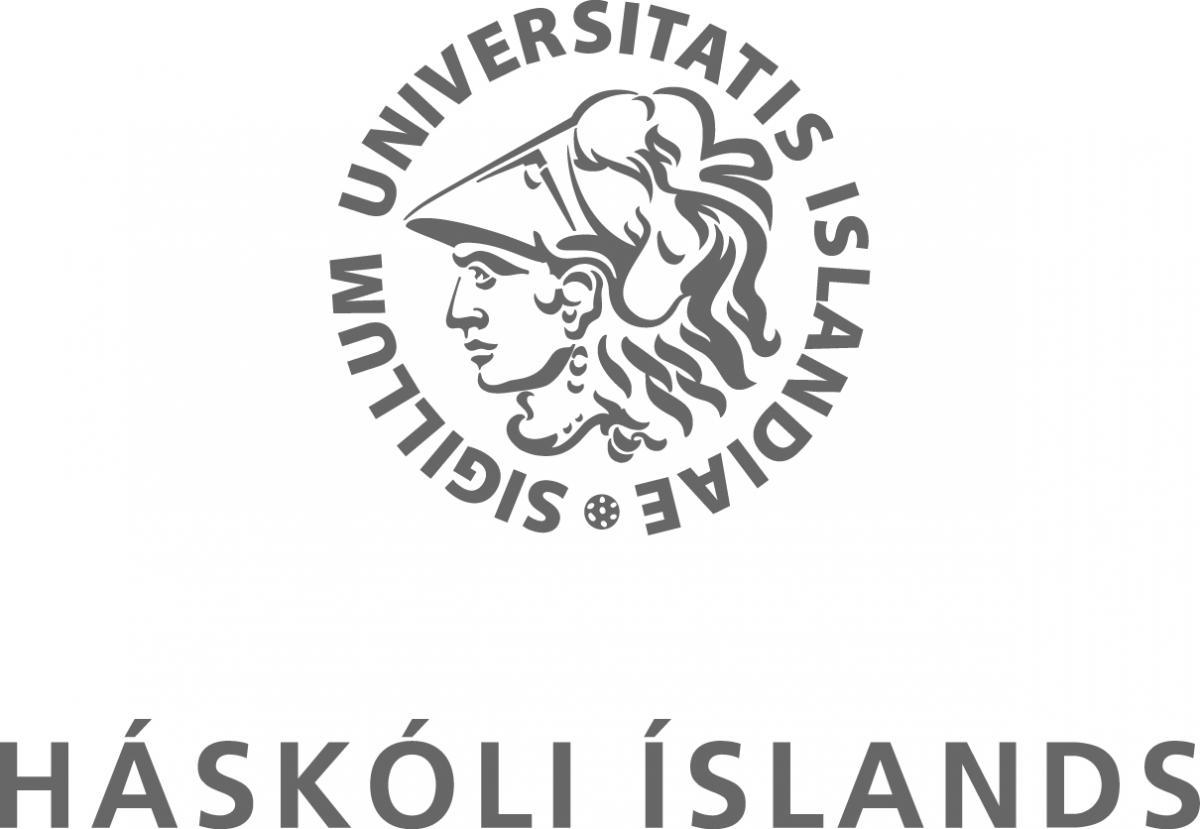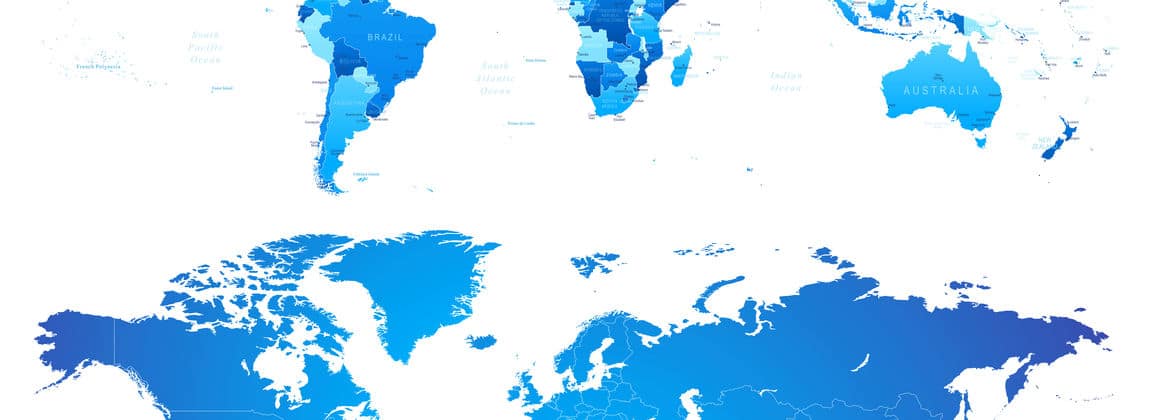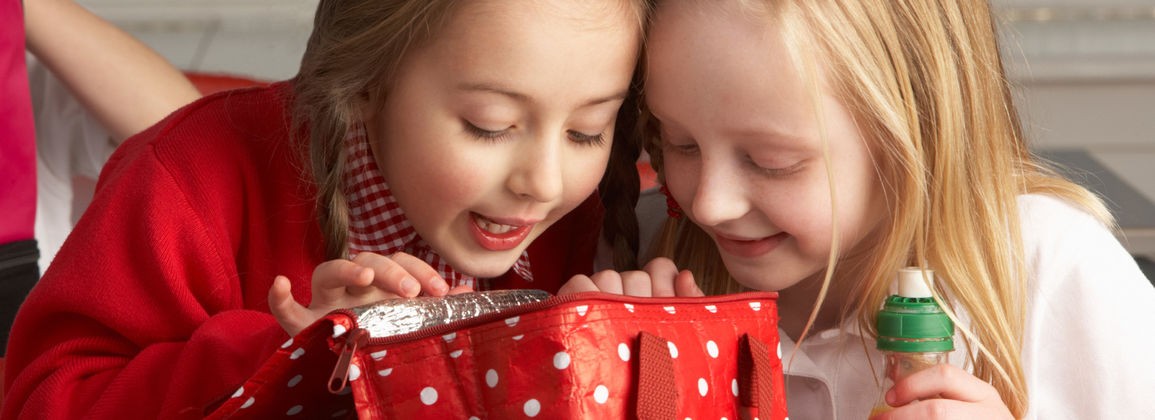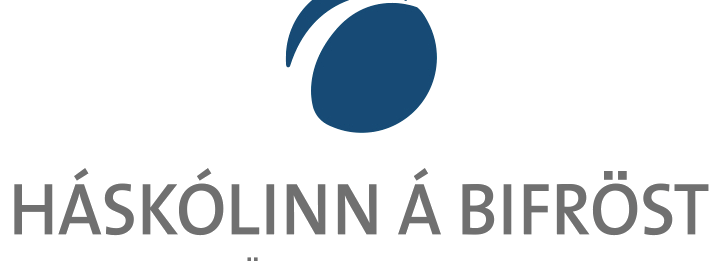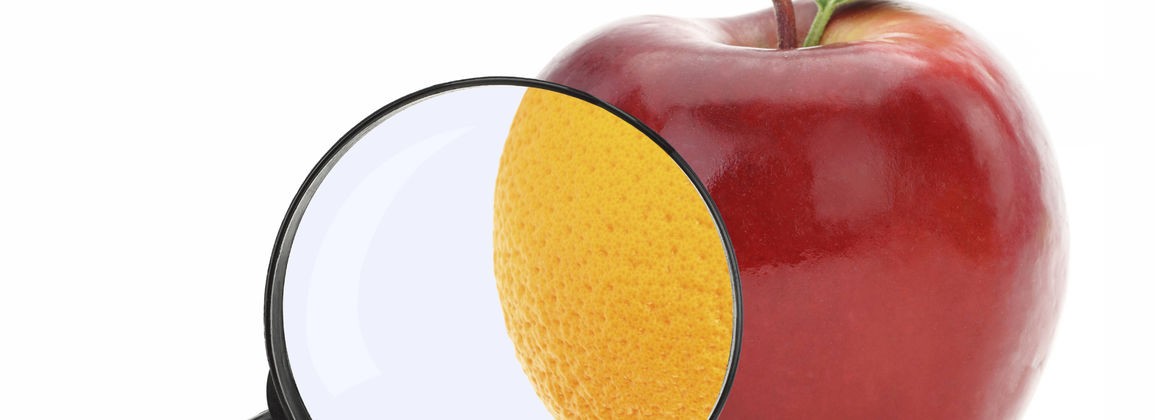Survey of inorganic trace elements and aromatic polycyclic (PAH) in mussels and sediments at Grundartangi, Hvalfjörður, 2013 / Evaluation of inorganic trace elements and aromatic hydrocarbons (PAHs) in blue mussel (Mytilus edulis) and sediment at Grundartangi, Hvalfjörður, 2013
The aim of the study is to assess the possible polluting effects of industrial plants at Grundartangi on the marine environment in Hvalfjörður. Environmental monitoring began in 2000 and was repeated in 2004, 2007 and 2011, as well as the implementation of monitoring was reviewed, including the addition of sampling sites and the number of measuring factors increased. This report reports the results of monitoring measurements on samples from 2013. Wild mussels (Mytilus edulis) were placed in cages at seven different stations along the coast at Grundartangi, on the north side of Hvalfjörður, including one reference point at Saurbæjarvík. The mussel cages were then picked up and examined two months later. To assess natural fluctuations in the concentration of substances and the size of mussels, one control sample was taken and frozen as soon as the mussel was put out for cultivation. Mortality and growth of mussels together with the main components (water, fat, ash and salt) were measured at the end of the study. The following inorganic trace elements and organic compounds were also measured in the soft tissue of mussels; arsenic, cadmium, copper, zinc, chromium, nickel, mercury, selenium, lead, vanadium, aluminum, iron, fluorine and 18 polycyclic hydrocarbons (PAHs). PAHs were also measured in sediment samples taken at the same locations as the mussel samples. There was not much difference between the stations, neither in terms of biological factors nor the main chemical factors in mussels. Mortality was low and in general the mussel seemed to be doing well. Inorganic trace elements were at a similar concentration or lower compared to previous studies and were measured at a similar concentration as in mussels from unpolluted places around the country and always at a lower concentration than the Norwegian limit for contaminated areas. Cadmium (Cd) was measured above the Norwegian minimum limit, but its concentration in mussels decreased during the fire at the factory sites. Therefore, it is not considered that high cadmium concentrations are associated with the industrial plants at Grundartangi, but are naturally associated with high background concentrations in the Icelandic environment. In cases where there are maximum levels for inorganic trace elements in food (Cd, Hg, Pb) their concentration in mussels after two months at sea near the establishments is always well below the maximum levels for food. Only 4 PAHs were detected above the volume detection limit in mussels, which is more than in 2011. Perylene and pyrene were always in the highest concentration of the 4 PAHs detected, but phenanthrene and fluoranthena in the lower concentration. However, the concentration of PAHs in mussels was always below the Norwegian limit values for contaminated areas for mussels. PAHs were detected in all but one of the sediment samples and it is likely that these PAHs in the sediment are related to industrial activities and shipping traffic in the area. Compared to the Norwegian reference values, all measured sediment sampling sites, outside the reference site, are classified as mild mild areas where the increase in PAH concentration is measured based on the definition of background area. This is the first time that measurements of PAHs have been carried out in sediment samples in this environmental monitoring for the industrial plants at Grundartangi and therefore it is not possible to compare the results with previous measurements. The effects of the industrial plants on mussels around Grundartangi appear to be limited if the substances measured in this study are taken into account. The impact on the ecosystem could be small, but small, compared to Norwegian and Canadian borders. It is therefore necessary to closely monitor and monitor the environment and the ecosystem in order to detect changes in pollution levels in this area. It is recommended to add another reference point outside Hvalfjörður.
The aim of this study is to estimate potential impacts of organic and inorganic pollutants on the costal marine ecosystem in proximity to the industrial activities at Grundartangi. The monitoring started in the year 2000 and hassince then been revised in terms of additional sample sites and measured elements and repeated in 2004, 2007 and 2011. This report summarizes the results obtained in the study performed in 2013. Caged mussels (Mytilus edulis) from a homogenous population were positioned at seven different locations along the coast close to Grundartangi industries including a reference cage at Saurbæjarvík. The mussel cages were then taken up after a two month monitoring period. In order to enable assessment of natural changes in compound concentration and mussel size over time, a reference sample was taken from the mussel pool when the cages were initially deployed at their monitoring sites. Death rate and growth of mussels as well as their main constituents (water, fat, ash and salt) were evaluated at the end of the monitoring period. Similarly, the following trace elements and organic compounds were analyzed in the soft mussel tissue: As, Cd, Cu, Zn, Cr, Ni, Hg, Se, Pb, V, Al, Fe, F and 18 PAHs. PAHs were also analyzed in sediment samples taken from the same sites. Little variation was observed in main constituents and biological factors between the different sample sites. Death rate was low and the mussels thrived well. In general, inorganic trace elements were similar or in lower concentration compared to previous years and always below the Norwegian environmental standards, except in the case of cadmium (Cd) that exceeded the lowest Norwegian environmental limit. The Cd concentration decreased in the mussels during the monitoring period which indicates that the Cd concentration is not related to the industrial activity at Grundartangi, but rather to a natural high Cd background concentration in the Icelandic environment. However, Cd as well as Hg and Pb meet the EU maximum limits for food consumption. Only 4 PAH congeners were detected above limits of quantification in the mussel samples. Perylene and pyrene were always in highest concentration of the 4 PAH congeners detected while phenanthrene and fluoranthrene were in lower concentration. The PAH concentration never exceeded the Norwegian standards for total PAH concentration for mussels. All or most PAHs were detected in all sediment samples except that no PAHs were detected at one sample site (S6). All sites except for the reference site fall into the category slight or moderate impactsites due increase in PAH concentration when compared to Norwegian reference values and below occasional effect levels compared to Canadian criteria. This is the first time that PAHs are analyzed in sediment samples to monitor the impact of the industrial activities at Grundartangi and thus it is not possible to compare these results with previous monitoring results. In conclusion, the effects of the industries at Grundartangi appear to be limited for the chemical compounds analyzed in the mussels. The impact on biota sediment seems to be low to moderate. Therefore, it is important to maintain frequent monitoring studies of the marine ecosystem near the Grundartanga industrial activities in order to be able to detect changes in pollution burden. An additional reference site in the outer parts of Hvalfjörður is recommended.


